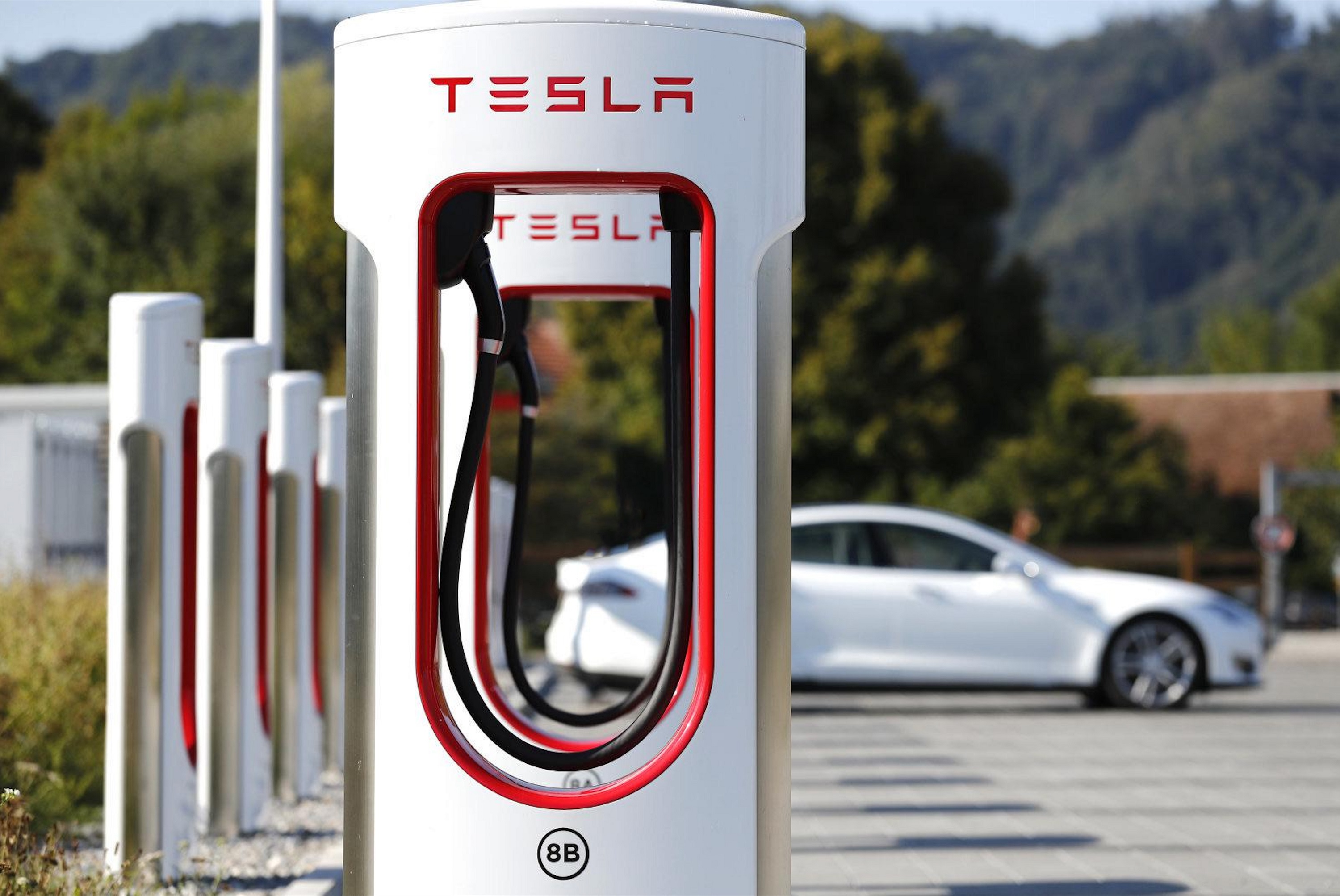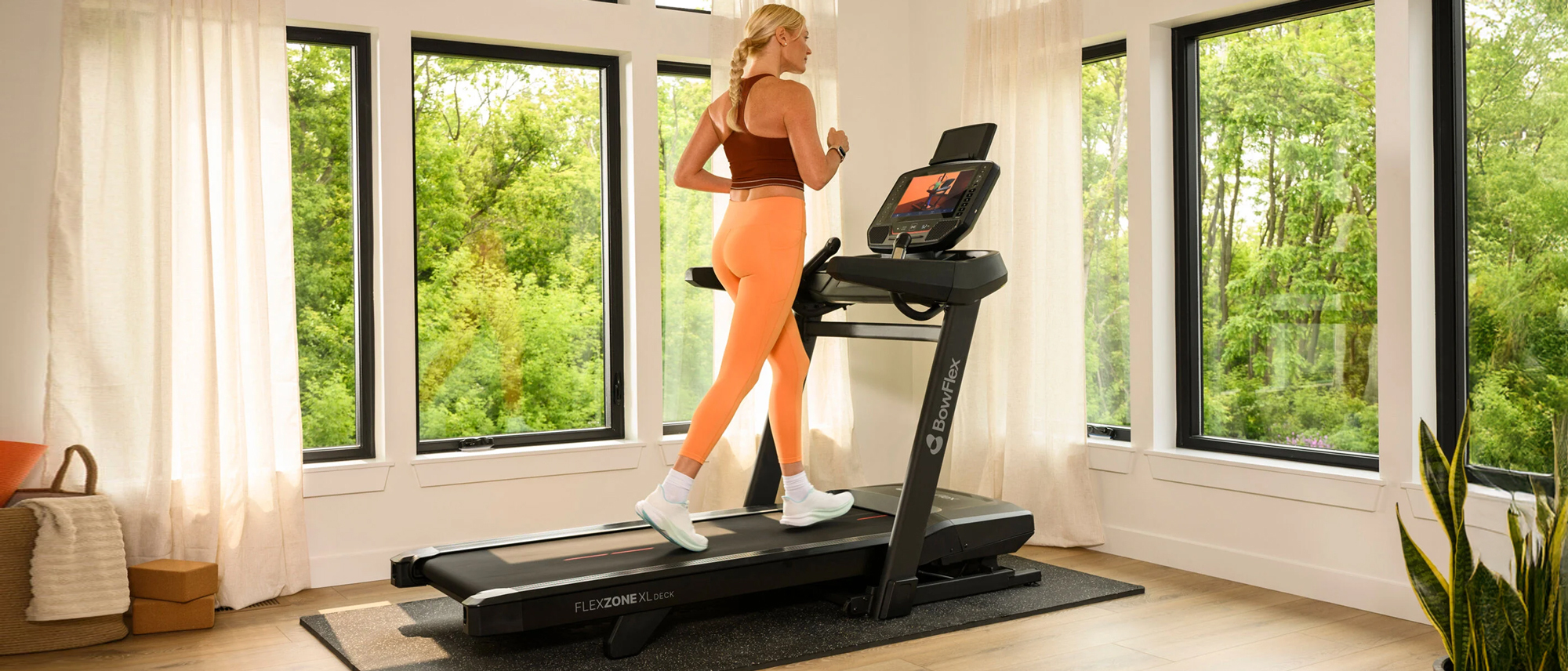Tesla Supercharger expansion just hit a major milestone — this is big for all EVs
All Dutch Superchargers now work with non-Tesla electric cars, and more countries are on the way

Update: Tesla's filed plans for a Supercharger drive-in in Hollywood, and this is what it might look like
Tesla has just opened its 36-strong Dutch Supercharger network to owners of all electric vehicles. The move comes after a trial that saw ten Supercharger stations opened up to non-Teslas late last year.
Tesla has been opening the network to all EVs slowly, allowing it to monitor traffic and ensure two things: that new people using the Superchargers are not having any issues, and that owners of Tesla cars aren't being adversely affected by the increased number of cars using their previously-exclusive charging stations.
Dutch drivers looking to take advantage of the Superchargers can learn more about the Tesla app, pricing, and over on the Tesla website.
The program is part of Tesla's ongoing promise to give everyone access to its extensive network of rapid chargers, with the Netherlands being the primary testbed. Last month also saw Tesla confirm that it would be bringing France and Norway into the fold, while the Tesla FAQ lists Germany and Belgium as being part of the Supercharger pilot.
While Tesla owners can plug into a Supercharger and start charging automatically, non-Tesla drivers will have to rely on the Tesla smartphone app. Though it’s likely to be a big improvement compared to some of the other charging networks’ apps.
Any electric car rocking a CCS charging port will be able to make use of a Tesla Supercharger, something that won't be an issue in Europe. Things will be more complicated once Tesla expands a similar charger-sharing system out across the United States, however.
Get instant access to breaking news, the hottest reviews, great deals and helpful tips.
That little problem comes about because Tesla's North American cars don't use the CCS charging standard that their European counterparts do. This means those driving non-Tesla cars would need an adapter to plug in with Tesla’s proprietary charging connection.
Tesla's move to give everyone access to its chargers isn't entirely altruistic, of course. As Electrek correctly points out, Tesla needs to give everyone access to its Supercharger network if it wants to access the $7.5 billion that the United States government is handing out as part of an infrastructure bill from last year.
Similarly, it seems the automaker started the process of killing off Supercharger exclusivity in order to appease government officials in Norway. Tesla needed to promise to let non-Teslas recharge at Superchargers if it wanted access to government subsidies.
Still, the reasons aren't important so long as everyone can charge their electric cars more easily. And with Tesla operating over 30,000 individual Superchargers across the world, and many more on the way, it’s going to make life on the electric highway even more convenient.
Read next: Plans for Tesla's first V4 Supercharger have been revealed, and it includes solar panelling and a Megapack storage battery

Oliver is a contributing writer for Tom's Guide based in the U.K. who has covered the tech world for more than a decade. His writing has appeared in titles such as How-To Geek, PC Mag, iDownloadBlog, iMore and TechRadar. Oliver covers general computing and mobile news but predominantly writes about car tech and EVs for Tom's Guide. He's been gaming since the days of Atari and is always trying to discover the next great mobile game. He's still looking.
